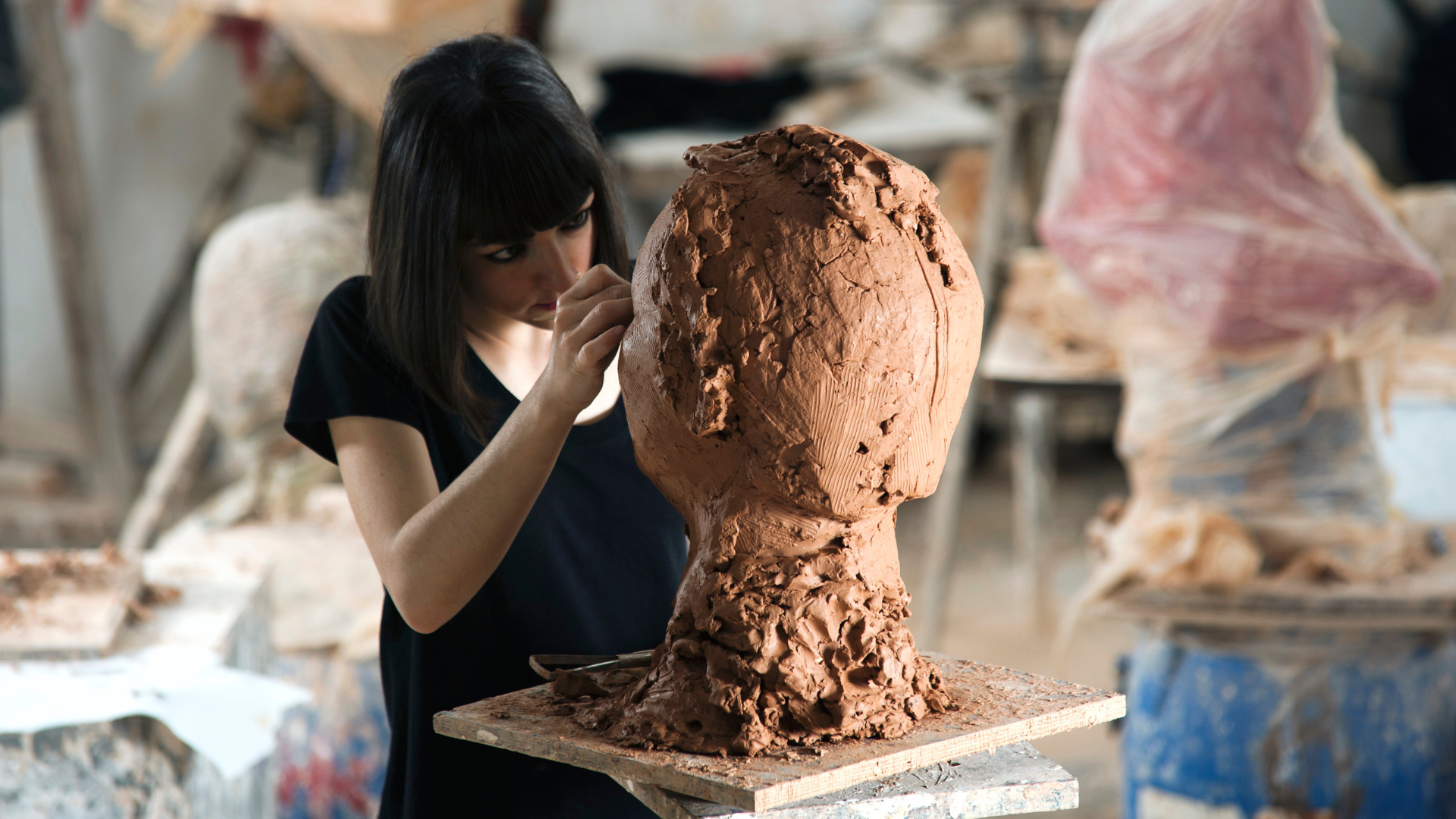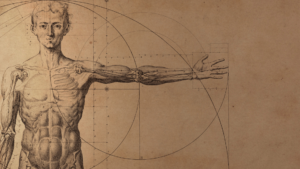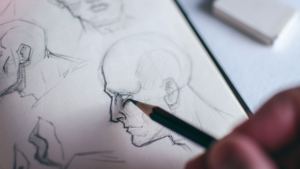
Have you ever stopped to wonder where the world’s most famous sculptures come from? Well, in this article we’re going to take a look at the top ten most famous sculptors of all time – those that have carved their names into art history.
Michelangelo
Michelangelo is one of the most famous sculptors in history. His work can be seen all over the world, and his sculptures are some of the most iconic images in art. He was born in 1475 in Florence, Italy. He began his career as an apprentice to a painter and sculptor. He soon began to create his works of art, and his reputation as a talented artist quickly grew.
Michelangelo’s most famous sculptures include the statue of David and the Pieta. He also painted the Sistine Chapel ceiling, which is one of the greatest works of art ever created. Michelangelo died in 1564 at the age of 89.
Donatello
Donatello was one of the most important artists of the 15th century. He was a master of sculpture in both marble and bronze. And his work had a profound influence on the development of Italian Renaissance art.
Born in Florence in 1386, Donatello was educated in the workshop of Ghiberti. This is where he learned to sculpt in stone and bronze. He quickly developed his distinctive style, characterized by its naturalism and grace.
Donatello’s major works include his monumental statue of David (c. 1440), which expresses both the beauty and strength of the human form; his moving statue of Mary Magdalene (c. 1457); and his awe-inspiring tomb monuments for Cosimo de’ Medici (d. 1464) and Pope John XXIII (d. 1419).
Donatello died in Florence in 1466. His legacy as one of the great masters of Renaissance sculpture is secure.
Auguste Rodin
Auguste Rodin is a French sculptor who is the father of modern sculpture. His work was highly controversial in its time. But, it is now seen as some of the most important and influential sculptures of the late 19th and early 20th centuries.
Some of Rodin’s most famous works include “The Thinker” (1880), “The Kiss” (1886), and “The Burghers of Calais” (1895). He also created many smaller works, like the “Gates of Hell” (1880-1917) and the “Bust of Balzac” (1891-98).
Rodin was a master of using different materials to create his sculptures. He often incorporated found objects into his work.
He was also one of the first artists to use casts of real people in his sculptures. This added a level of realism to his work that was unmatched at the time. Rodin’s unique approach to sculpture paved the way for many future artists, and his work continues to inspire artists all over the world.
Amedeo Modigliani
Amedeo Modigliani was an Italian artist who is known for his unique style of portraiture. His elongated figures and expressive faces are often compared to those of the Italian Renaissance masters. Modigliani’s work is characterized by its use of simple, elegant lines and soft colors.
Modigliani was born in 1884 in Livorno, Italy. He began his artistic training at a young age, studying painting and sculpture at the Accademia di Belle Arti in Florence. In 1906, he moved to Paris to continue his studies. It was there that he developed his distinctive style.
Modigliani’s work was popular during his lifetime, but he did not achieve widespread recognition until after his death. He died of tuberculosis in 1920 at the age of 35. Today, his work is highly sought after by collectors and can fetch millions of dollars at auction.
Alexander Calder
Alexander Calder was an American artist who is best known for his mobiles and stabiles. He was born into a family of artists, and he began creating sculptures at an early age.
His work is characterized by its use of simple forms and bright colors. Calder studied engineering before pursuing a career in art.
His knowledge of physics informed his innovative approach to sculpture. He is widely considered to be one of the most important artists of the 20th century.
Nikolai Sologubov
Nikolai Sologubov was born in Russia in 1867. He studied at the Moscow School of Painting, Sculpture, and Architecture from 1884 to 1890.
After graduation, he worked as an assistant to Antonin Mercie in Paris. In 1894, he returned to Russia and began working on his sculptures.
His early works were influenced by French Realism and Russian Folk Art. Sologubov’s later works were more abstract, reflecting his interest in Symbolism and Art Nouveau.










